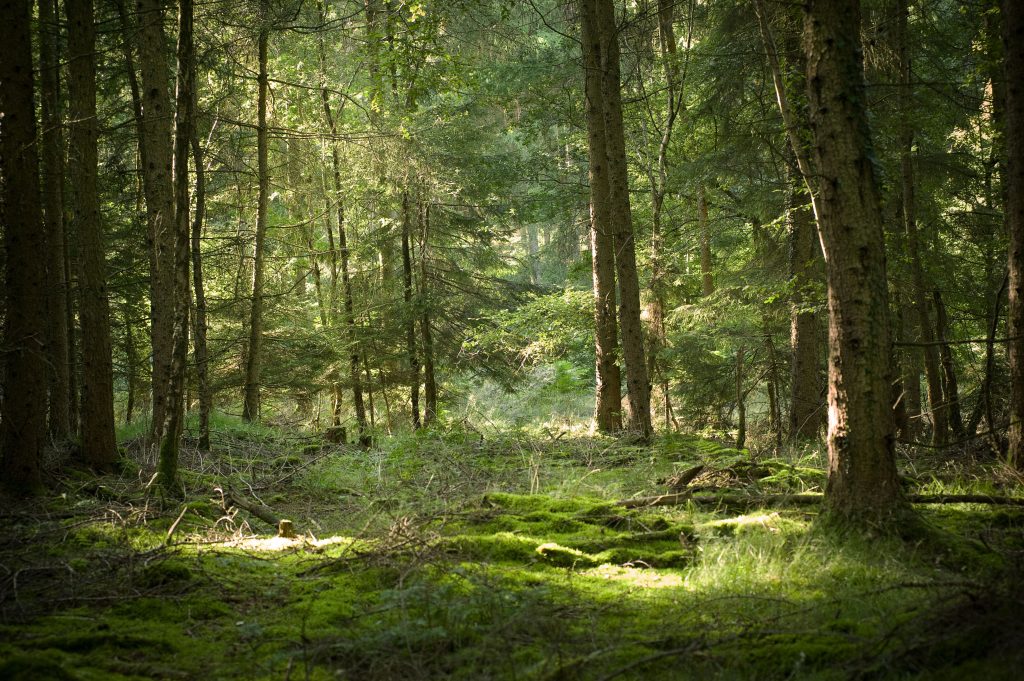The theory was first proposed by Simon Nicholson in the 1970s, it has now started to influence not only play workers, teachers, educational specialist but also playscape designers. The theory is based around the use of loose materials in an area to empower learners, using creativity to shape their learning. It believes that children left to play independently with loose parts will create their own play/stories/learning and develop resilience, confidence, independence and creativity.
Look at the forest below:

It is clear that the woodland environment is a natural environment that supports the theory of loose parts. In a woodland children have a multitude of loose parts to play/learn with; logs, twigs, sticks, fresh, dry leaves, moss, feathers. acorns, fur cones and so much more. You may choose to enhance the woodland environment by providing additional resources, e.g. string, clay, water based paints. When using additional resources extra care has to be taken to leave the woodland as it was found.
